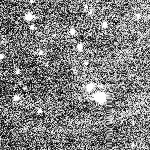
(1)
Movement Analyzer

(2)
Faintness Analyzer

(3)
Cosmic Ray Analyzer
(1) Use blinking image to see if the object only appears on one of the images.
(2) Use zoomed image to analyze brightness of the object. Is it too faint to see the endpoints?
(3) Use dark zoomed image to find out if the object is a cosmic ray. Is it pixelated?
The common observer's comments are listed below with examples.
Observer's comment: STRONG FMO
Real FMO! Positions sent to MPC. Watch NEO Confirmation Page.
Movement Analyzer

Faintness Analyzer

Cosmic Ray Analyzer

Observer's comment: PIXELATION
The zoomed image shows this is not real due to strong pixelation and/or high contrast with background (lacks gradual change). With experience, we hope reviewers will avoid resubmitting these candidates.
Movement Analyzer
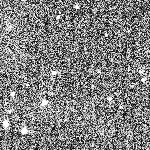
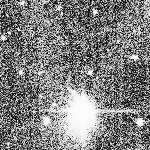
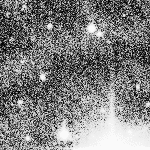
Faintness Analyzer



Cosmic Ray Analyzer



Observer's comment: TOO LONG
Object could be a satellite, diffraction spike, meteor, charge bleed, CCD crosstalk or even a real fmo. But, as it crosses the edge of the blinking edge it is MUCH too fast to recover even if real! Please do not submit these objects.
Movement Analyzer
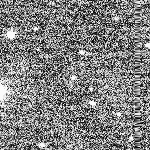
Faintness Analyzer

Cosmic Ray Analyzer

Observer's comment: STATIONARY
The object in the center is not moving between passes (see blinking image) and there is no other obvious trail in the image. Please avoid resubmitting stationary objects.
Movement Analyzer
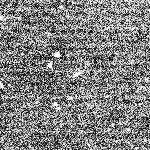

Faintness Analyzer


Cosmic Ray Analyzer


Observer's comment: TOO FAINT
If a trail cannot be easily distinguished in the zoomed image, please do not resubmit the candidate. It is probably just noise that the compression turns into a line but even if it is real, it is too faint
Movement Analyzer
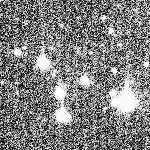
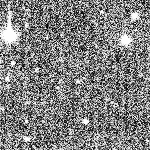
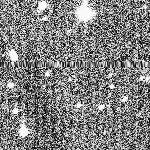
Faintness Analyzer



Cosmic Ray Analyzer



Observer's comment: CLOUDS
Conditions are poor (star extinction). FMOs are unlikely to be visible under these conditions.
Movement Analyzer
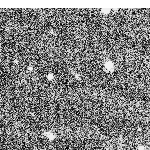
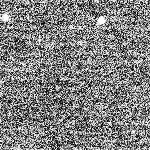

Faintness Analyzer



Cosmic Ray Analyzer




